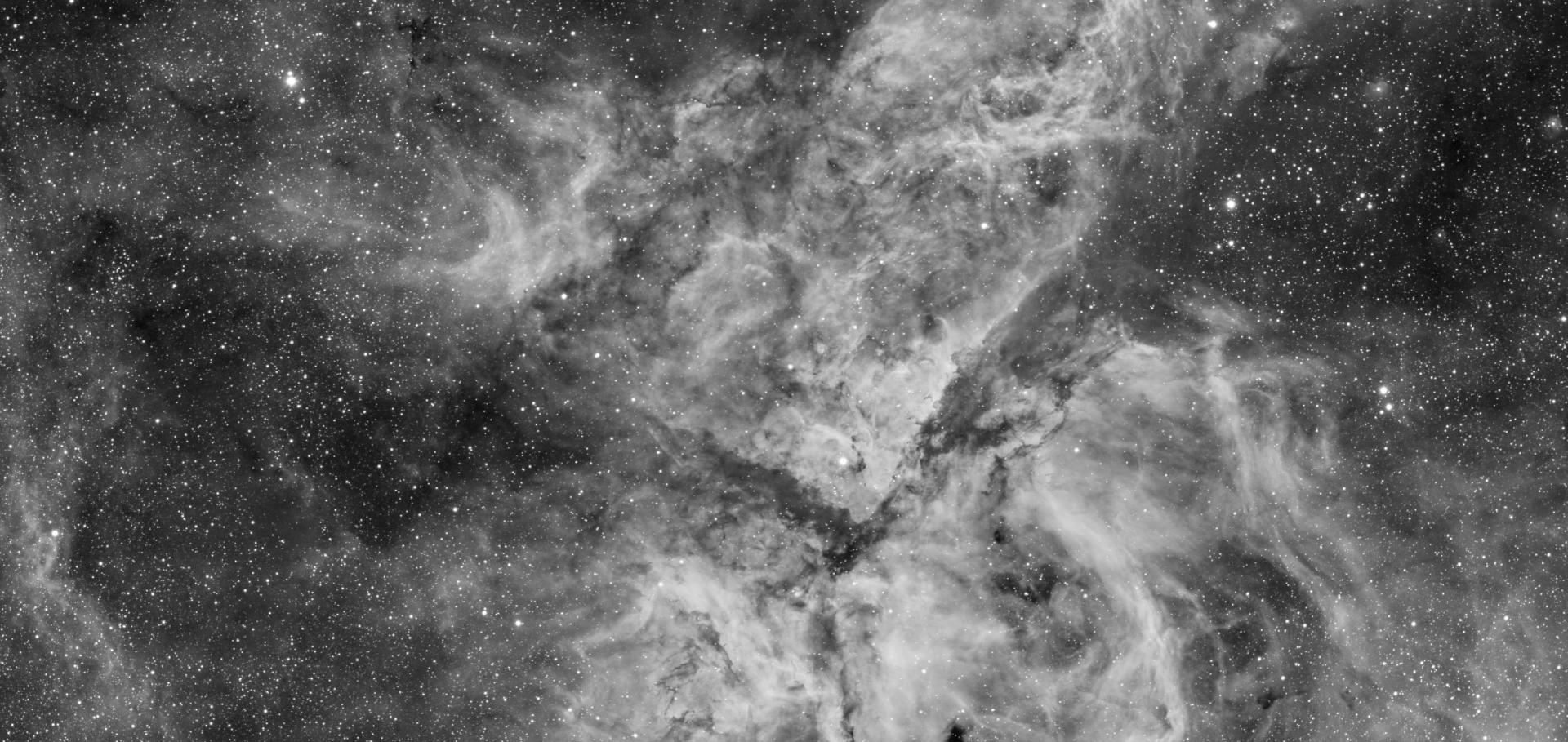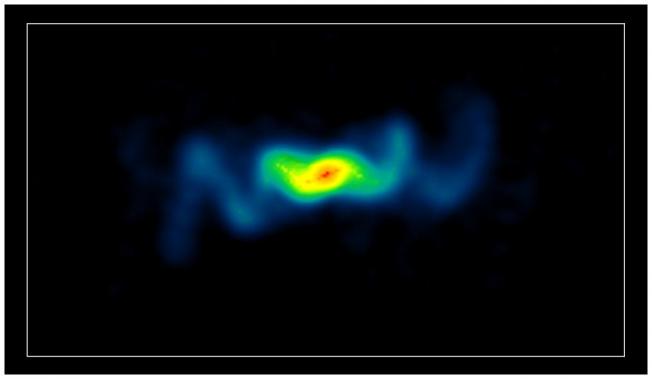A refined method for measuring jet speeds
Interacting Binaries: Accretion, Evolution, and Outcomes 797 (2005) 585-588
Exploring the nature of weak Chandra sources near the Galactic Centre
AIP CONF PROC 797 (2005) 410-415
Abstract:
We present results from the first near-IR imaging of the weak X-ray sources discovered in the Chandra/ACIS-I survey (Wang et al. 2002) towards the. Galactic Centre (GC). These 800 discrete sources, which contribute significantly to the GC X-ray emission, represent an important and previously unknown population within the Galaxy. From our VLT observations we will identify likely IR counterparts to a sample of the hardest sources, which am most likely X-ray binaries, With these data we can place constraints on the nature of the discrete weak X-ray source population of the GC.Jets and outflows in microquasars
ASTR SOC P 330 (2005) 91-102
Abstract:
I discuss the importance of studies of jets and outflows in the Galaxy from binary star systems, popularly known as microquasars. Because of the rapid timescales on which they evolve, pertinent observations of microquasar jets can help tighten up the theoretical framework in which jet properties of quasars can be interpreted. I draw attention to a new method for constraining jet speed which renders original approaches, which do not incorporate jet evolution, obsolete. I describe new results on two particular microquasars, SS 433 and Cygnus X-3. I compare and contrast the jet characteristics of these two microquasars, noting the persistent jet activity of SS 433 with the intermittent jet activity of Cygnus X-3.The impact of active galaxies on the Universe at large - Preface
PHILOSOPHICAL TRANSACTIONS OF THE ROYAL SOCIETY A-MATHEMATICAL PHYSICAL AND ENGINEERING SCIENCES 363:1828 (2005) 611-612
The post-outburst radio evolution of Cygnus X-3
ASTR SOC P 340 (2005) 312-314



